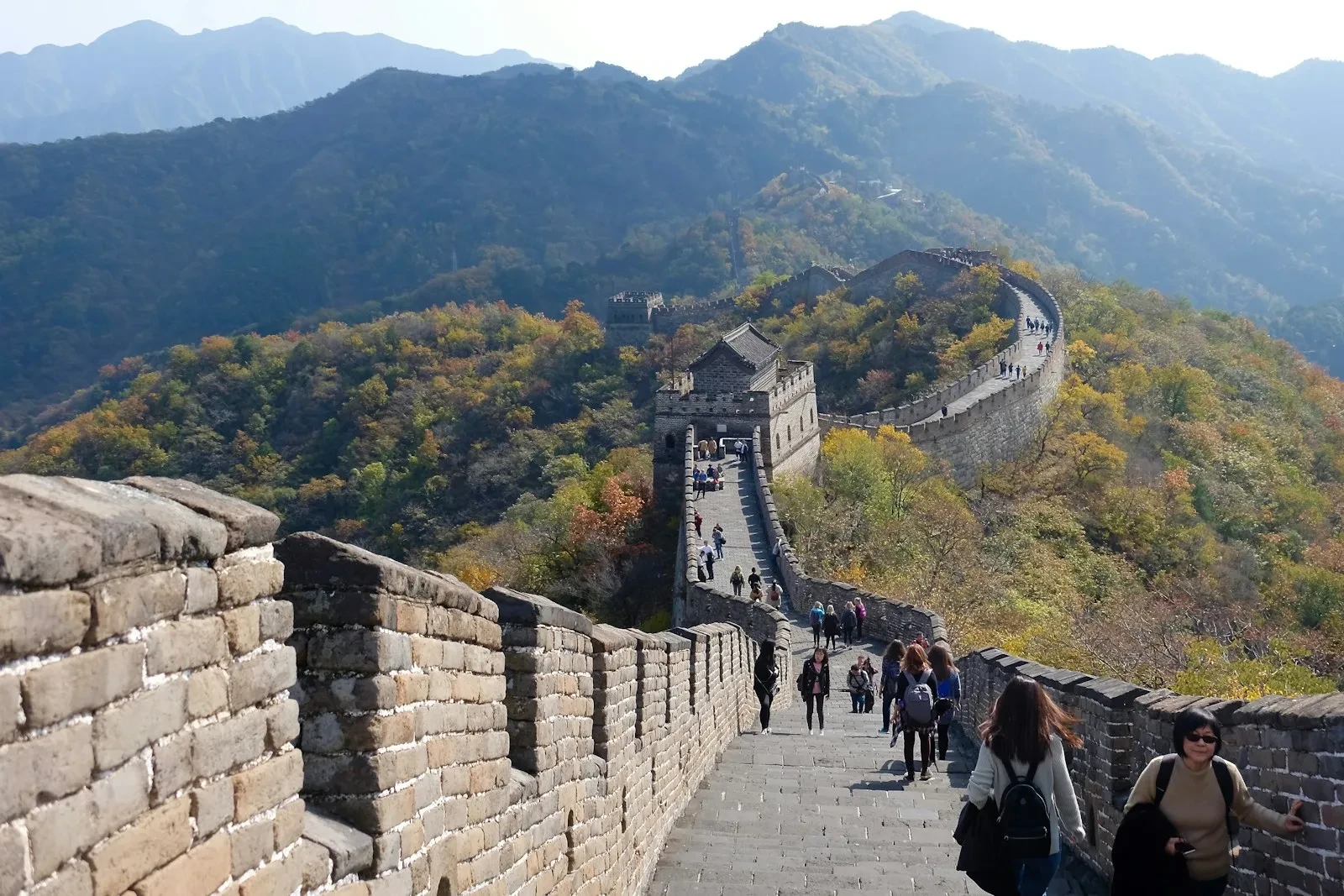Commercial properties have various types and examples in Indonesia. Here are some common ones, along with their pros and cons:
- Shop-house (Ruko): A multi-story building where the ground floor is used for business or office, and the upper floors are for living. Located on major roads or commercial areas. Pros: cost-saving for rent and transportation, high resale value. Cons: less comfortable for living, fire-prone, and obtaining business permits can be challenging.
- Commercial Building (Rukan): A multi-story building where all floors are used for business or office purposes. Typically found in complexes or business districts. Pros: more representative and prestigious, complete facilities. Cons: very expensive, requires significant maintenance costs.
- Accommodation (Penginapan): Buildings rented for temporary accommodation, such as hotels, villas, guest houses, homestays, etc. Located in tourist or strategic areas. Pros: potential for significant income, especially during holiday seasons. Cons: high operational costs, dependence on external factors like weather, security, and tourist attractions.
- Office Building (Perkantoran): A building used as a workplace, such as towers, plazas, or office buildings. Usually located in city centers or business districts. Pros: high demand, especially from large companies. Cons: very high price, significant maintenance costs.
- Shopping Center (Pertokoan): Buildings used for selling goods, such as malls, markets, or supermarkets. Typically located in busy or commercial areas. Pros: significant income potential from many consumers. Cons: intense competition, requires substantial promotion costs.
Tips for Choosing the Right Commercial Property












